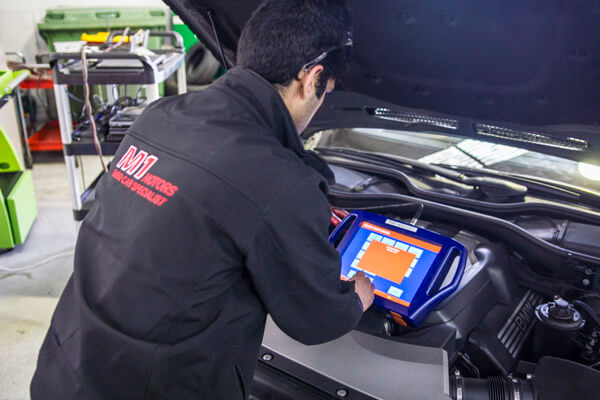Your car just might not look the same and you for sure will not feel the same sitting inside your car driving to work or school. Protect your investment! For drivers in Melbourne, knowing what a logbook service includes is a wise thing to do. Whether your next service is on the horizon or you’re just curious, here is what you need to know.
What is a Logbook Service?
A log book service is a comprehensive service guided by the manufacturer’s specifications. Your car’s logbook, included when you purchase the car, will detail what needs to be checked and when. These checks will be different depending on the make, model, age and mileage of the car.
A logbook service is much more in-depth than a standard oil change and it should adhere to the factory recommendations on how to care for your vehicle. The manual process of this procedure is therefore to be performed by a qualified mechanic who follows the correct procedures exactly. That will keep your warranty good and your car working great.
When you’re looking for a car service Berwick drivers can trust, then a logbook service is often best – it ticks all the boxes.
What Does It Include?
Every manufacturer has its own list, however, here’s what is typically included in a logbook service:
-
Engine Oil and Filter Replacement
The old oil is drained, and a new filter is fitted. It is what keeps the engine running smoothly.
-
Fluid Levels Check
Any cooling, brake, transmission, or washer oil that needs to be changed or filled is done so.
-
Brake System Check
The pads, discs and fluid levels are checked. Melbourne road safety begins and ends with brakes you can rely on.

-
Tyres and Wheels
The tread level, wear patterns, and tire pressure are all looked at. Alignment and balancing are done as necessary.
-
Battery and Electricals
The battery and charging systems are also checked to ensure easy starts in Melbourne’s cooler months.
-
Filter Replacement
Your engine is healthy, and it wants to breathe and burp fuel well.
-
Suspension & Steering
These components are inspected to ensure a smooth ride and sharp handling.
-
Safety Checks
Anything that might be wrong is checked, like the lights, wipers, belts, lines, and exhaust.
Why Should You Opt for Logbook Servicing in Berwick?
If you are a Berwick resident, then choosing the right car service ensures your car has what it needs. Bring your vehicle for a logbook service (Berwick residents can either drop off or wait onsite) and get all you need for performance, warranty and peace of mind.
A good mechanic, Berwick uses accurate diagnosis tool and authentic parts. No shortcuts. No guesswork. And you’ll always be in the loop — transparency is included.
Why You Shouldn’t Skip It
Skipping preventive maintenance may not seem like a big deal — until issues crop up. Their cars can wind up with worse fuel economy, less safety and warranties made invalid, just to name a few.
Keep to the service schedule and catch niggles before they get expensive. Whether you are commuting to work or taking a trip, your car should be ready to go.
Book Your Logbook Service Today
A logbook service is the smartest way to ensure your car remains in good shape; your warranty remains in effect and your bank account remains unaffected. Leave your car to an expert mechanic who does the right processes and whose heart is all yours.
Are you ready to give your car the care it needs? Get your logbook servicing booked in, in Berwick at the earliest opportunity and drive with peace of mind.











